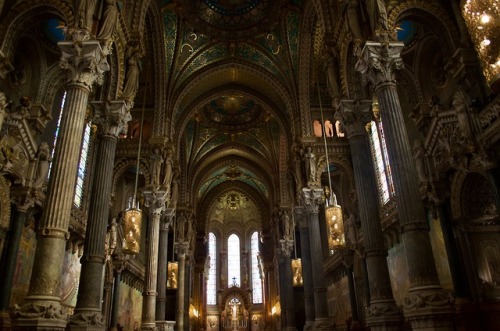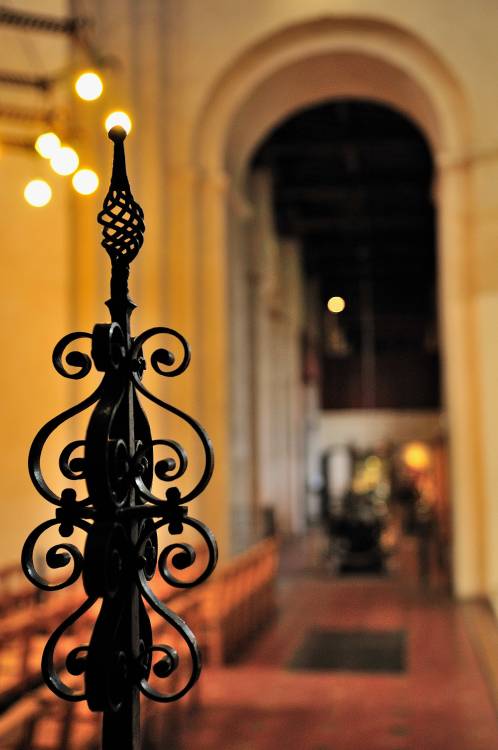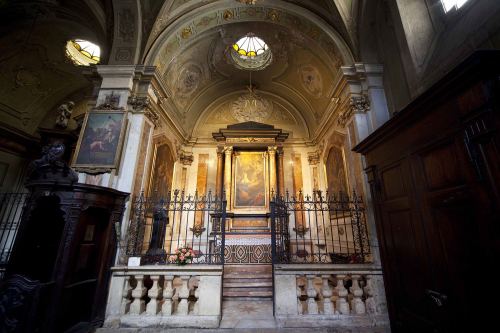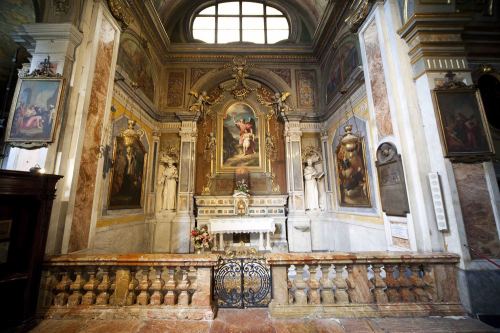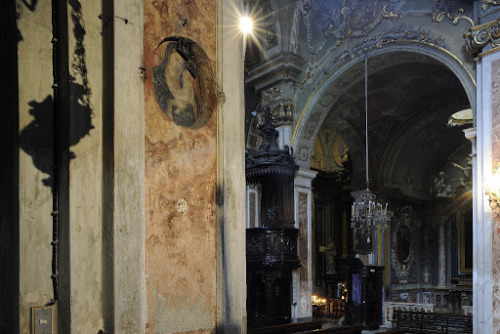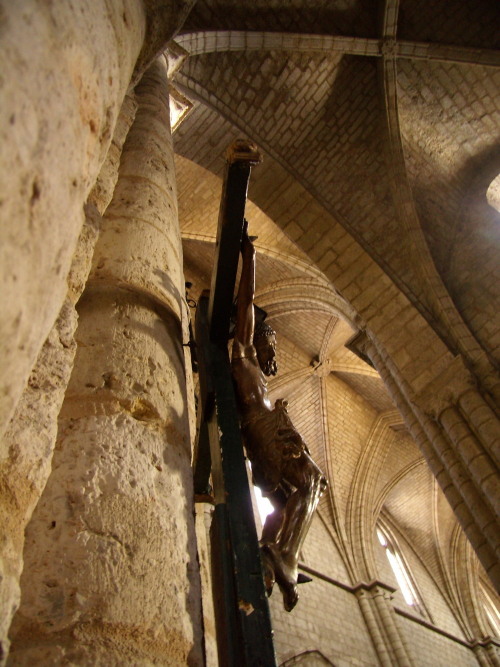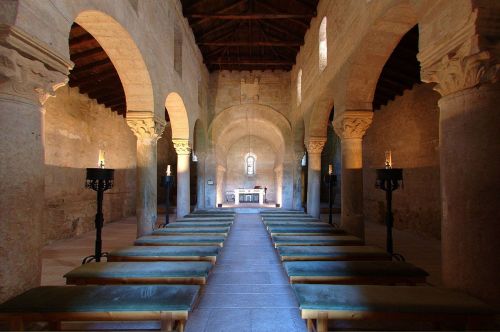#church interior
Before and After: The relocated baptistery at the Church of St. Stephen in Minneapolis, 2012. As part of a multi-step interior restoration, Matthew Alderman Studios suggested moving the font to its present location and also designed the decorative inlay around it, which stretches up the main aisle to the altar steps. The altar steps were also shortened from a more theatrical “thrust” arrangement, the altar moved into the apse, and the pews reoriented to face forward. Future renovations will continue the transformation of the interior. The second phase of the project, which we are currently working on, will feature new stained glass. MAS has been the design consultant on this project since 2010.
Post link
St Albans Cathedral
St Albans, Hertfordshire, England October 2015.
All taken on - Nikon D300 17-55 f2.8G.
1. Illuminated Choir Stalls (38mm f2.8 1/15th sec).
2. Steeple Ceiling (17mm f4 1/60th sec).
3. Wrought Iron Gate Finial (31mm f2.8 1/25th sec).
Post link
Some of the baroque side altars at San Francesco d'Assisi (Torino)
1.Altar of the Crucifix
2.Altar of the Immaculate Conception
3.Altar of Saint Anne
4.Altar of Saint Anthony of Padua
5.Altar of the Annunciation
6.Altar of Saints Biagio and Liduvina
7.Altar of the Guardian Angel
Post link
Chiesa di San Francesco d'Assisi (Torino): main altar in polychrome marble by Bernardo Vittone (1704 - 1770)
Post link
A fresco of Madonna and Child, datable between the end of the 14th and the beginning of the 15th century, in San Francesco d'Assisi (Torino)
Post link
San Juan Bautista (akaSan Juan de Baños), Baños de Cerrato, Palencia, central Spain
Built in 661 AD under the commission of the Visigothic king Recceswinth (Spanish: Recesvinto), this is the only Visigothic church building that can be dated with certainty. The king is said to have built the church out of gratitude for his recovery from a kidney disease, which he attributed to the healing powers of the local spring water.
The spring (Fuente de San Juan, or also Fuente de Recesvinto) is on the opposite side of the road, south of the church. It has been known as a healing spring since antiquity. In Roman times there was a temple of Asclepius here, and an altar for the nymphs.
Photo (1) shows Recceswinth’s crown displayed in the church (which is actually a copy; the original crown is preserved in Museo Arqueológico Nacional, Madrid).
Excavations carried out north-east of the church between 1956 and 1963 discovered a graveyard with 58 graves, as well as three objects from the 7th century: two bronze fibulae in the shape of a lyre and the handle of a liturgical vessel.
Over the centuries of its existence, the church has undergone multiple renovations and restorations. A medieval renovation altered the layout of the building as can be seen here. The belfry is an addition from a 19th century restoration.
The church was declared a national monument in 1897.
Sources (more to read and see): [1] [2] [3] [4] [5]
Post link






